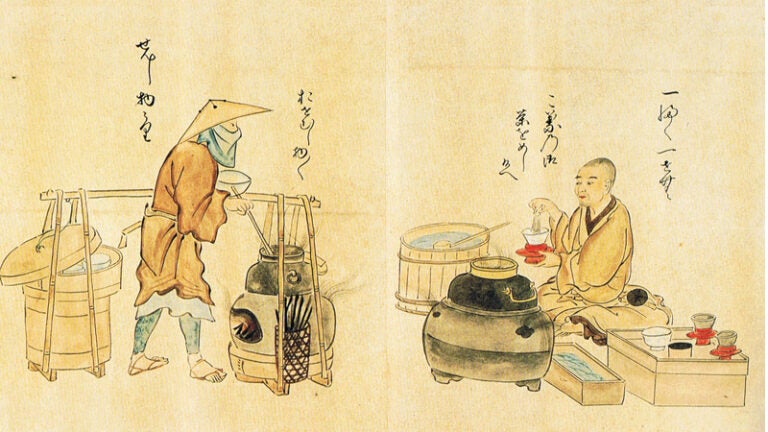
Prayer and peyote: Students learn the the religious uses of mind-altering substances
Highlights:
- Mind-altering substances play a significant role in many cultures and religions.
- These compounds range from mild stimulants such as caffeine in tea and coffee to vision-inducing hallucinogens found in mushrooms and other natural sources.
- The course explores the practice of using these substances from the perspective of thousands of years of history.
When we think of mind-altering drugs employed for religious purposes, we often think of the hallucinogenic peyote traditionally used by Native Americans, or even something as small as the four cups of wine that are an essential part of the Passover Seder. But medicinal plants, alcohol and other psychoactive concoctions have played a role — sometimes friendly, other times adversarial — in religions all over the world, says James McHugh, professor of religion at the USC Dornsife College of Letters, Arts and Sciences.
McHugh’s course “Drugs, Alcohol, Visions and Altered States in Religion” (REL 350) looks at how some substances have been treated in various religions, including Hinduism, Buddhism, Islam, Christianity and Judaism, throughout history.
“People often come to the course thinking there’s going to be a lot of people eating a plant, having some sort of cosmic experience where they wander through the universe or something, but actually it’s a lot more complicated than that,” McHugh says. “Sometimes the psychoactive nature of the substances involved aren’t that important. Sometimes they’re as simple as tea.”
Tea and coffee, McHugh explains, have sometimes played a special role in cultures where alcohol is prohibited for religious reasons, such as Islam and Chinese Buddhism.
“Tea or coffee fills a gap in these religions. Not only is it a legal loophole, but it also helps you stay awake and alert, which is often useful for things like meditation, staying up praying, and things like that,” he says.
A trip to the ancient world
Mind-altering drugs have been used in religion for ages, sometimes as part of a ritual. About 3,000 years ago, some ceremonies in ancient Hinduism involved a mind-altering substance called soma, a plant-based potion, the exact composition of which remains unknown. And peyote has a long, complex history in some Native American communities where it has been used for religious, healing and community purposes, as shown in the 1994 documentary Peyote Road.
Some drugs, however, have less to do with specific ceremonies and more to do with how people in certain religions use the substances in a cultural context. For example, in ancient times, betel nuts — which contain a mild stimulant —were a useful item to have for events such as feasts or celebrations among people whose religion forbade them from drinking alcohol. And a thousand years ago, records of cannabis use appear in South Asia. Again, McHugh notes, it was sometimes deemed more acceptable in communities where alcohol was forbidden.
McHugh explains that because many religions had ancient texts and provisions forbidding certain concoctions, the newly discovered ones could be treated as falling in a permissiveness gray area.
“When a new substance comes along and there are no laws or rules in the ancient books about it, sometimes it gets classified under the umbrella of alcohol or something else that is mentioned in the books, and sometimes it is viewed as something separate and not prohibited,” he says.
McHugh says his course appeals to a variety of students in both the humanities and the sciences, and those with a variety of opinions on drugs in general.
“Even if students may be personally against substance use, they often find something of interest in the course. I’d say half the course is looking at reasons why people avoid things, like alcohol in Islam,” he says. “Every time I offer it, it fills up 100 percent, which is what you want.”